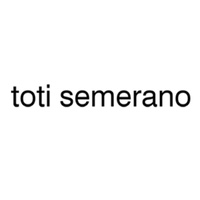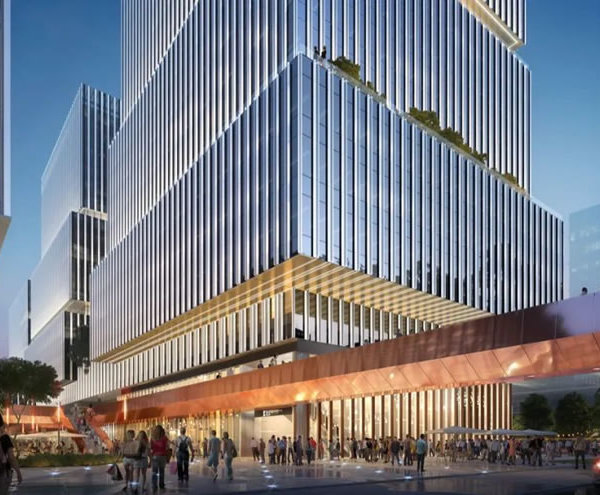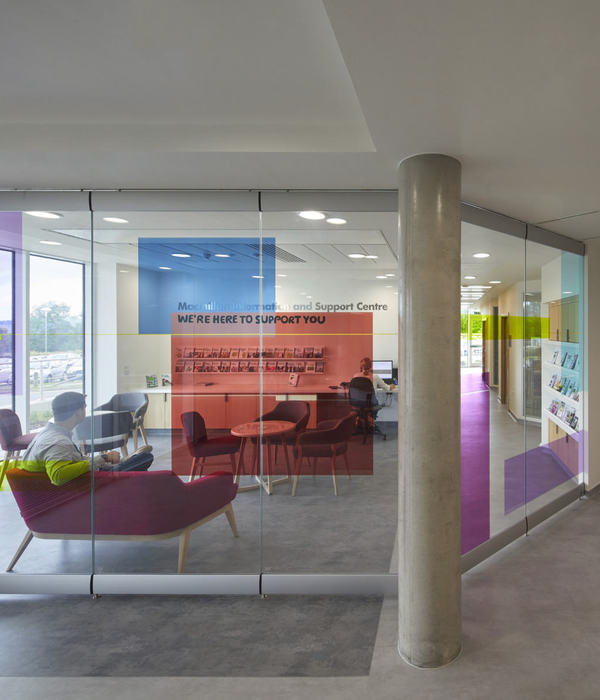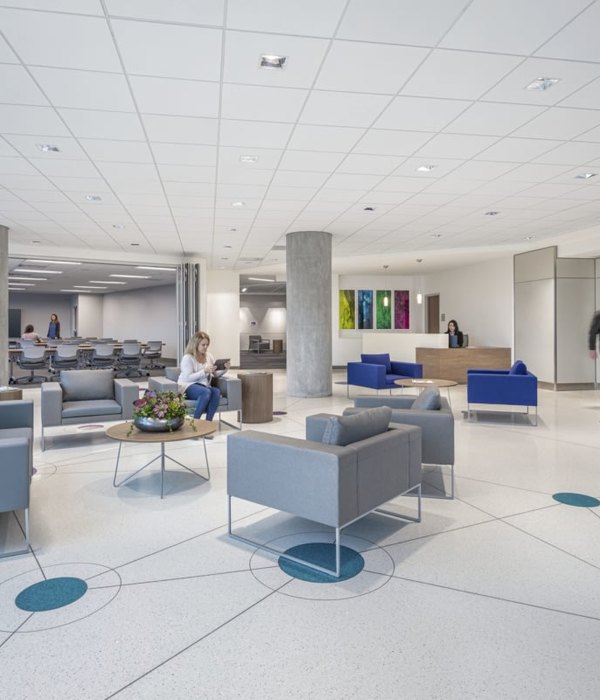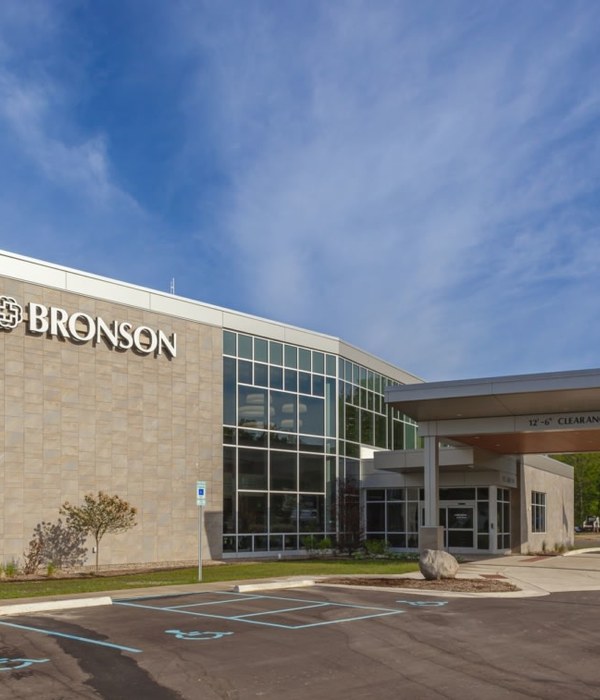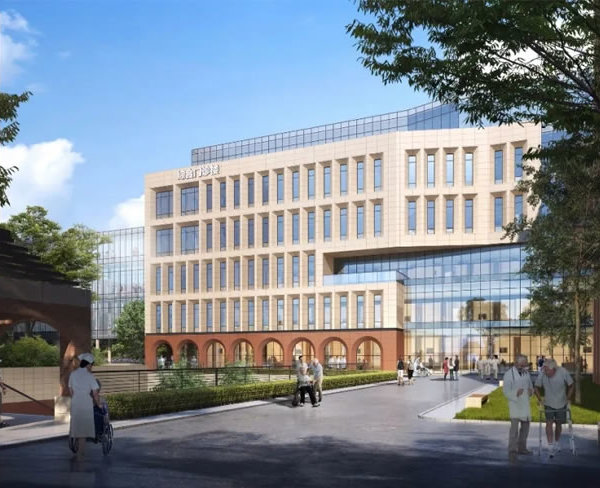意大利艺术中心“山峦间的植物学建筑”
© Stefano Zanardi
(Stefano Zanardi)
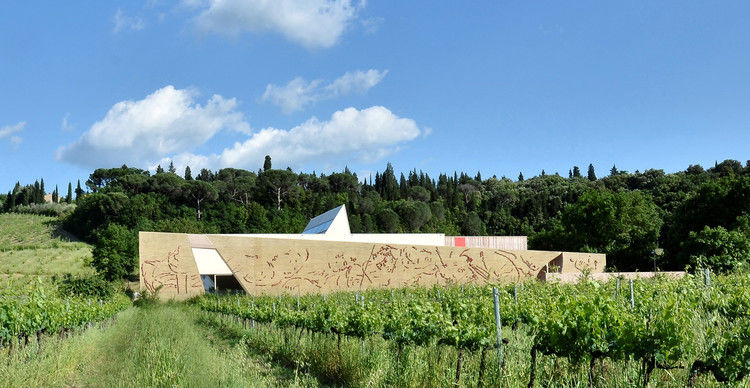
架构师提供的文本描述。项目的基本理念是创建一个核心团队,由一个工作室组成,该工作室有可能随着时间的推移逐渐演变为一个更加复杂的有机体;一个当代艺术中心,它可以举办与地域及其特殊性密切相关的展览和表演,非常重视艺术学院,并与当地的讲习班密切联系。
© Stefano Zanardi
(Stefano Zanardi)
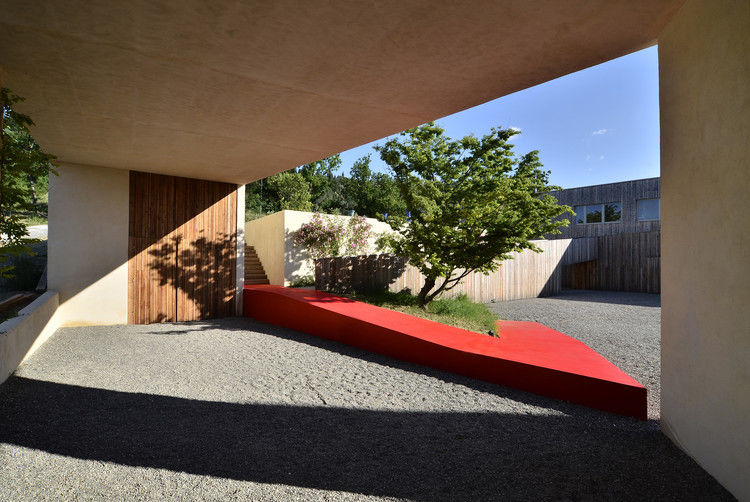
墙-篱笆-通道包围和互动的必要体积的工作室标记的空隙.艺术空间。
A wall-fence- path surrounds and interacts with the essential volumes of the atelier-marking empty spaces ... spaces for art.
Ground Floor Plan

在山的原始轮廓中挖掘-减法的工作,工作室空间逐渐显现与发现的兴奋,其中自然光吸引不断变化的情景与周围的景观。墙-栅栏-路径被相应地配置,而不是与景观对立,而是希望通过材料和透明的对话与周围环境融合。为了感知不同地点和高度所展示的艺术品,该项目刚刚从一个斜坡上进行,坡道上有一个缓缓倾斜的螺旋,使所有室外空间充满活力和连接,穿透主体,它拍打着宽阔的梯田,最后下降到山坡上,以便成为一条地下通道,以支持预期完全挖掘在山坡上的未来空间扩张。这是一种植物学建筑,将遵循芦苇退化周期,与当地土地混合,覆盖其表面,是植物生长的理想支撑,将逐渐取代它;树叶、鲜花和水果.为什么不行?随着时间的推移,活着的皮肤再也不会一样了。
Working to dig-subtraction in the original profiles of the hill, the atelier spaces reveal themselves gradually with the thrill of discovery where natural light draws changing scenarios in constant relationship with the surrounding landscape. The wall-fence- path is configured accordingly, not as antagonistic to the landscape, but wants to integrate with the surrounding environment through a dialogue of materials and transparencies. In order to perceive the artwork displayed by different points and heights, the project is just taking place from a ramp, which with its gently sloping spiral, energizes and connects all outdoor spaces, penetrates the main body, it laps the wide terraces and finally descends into the hillside in order to become an underground path to support the future space expansion expected entirely dug into the hillside. It is a botanic architecture that will follow the reed degradation cycle, which mixed with the local land covers its surface, ideal support for the growth of vegetation that gradually will replace it; leaves flowers and fruits ... why not? A skin alive never the same over time.
© Stefano Zanardi
(Stefano Zanardi)
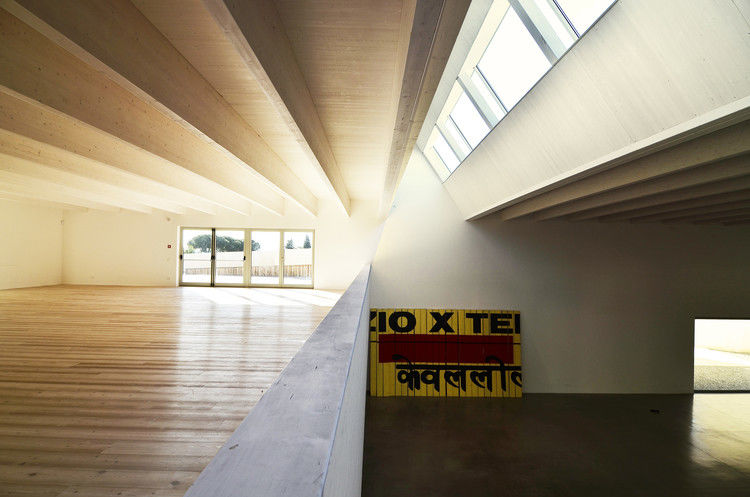
建筑愿意放弃在时间上保持不变,但总是给植被更多的空间,相反,调整自己被入侵。
The architecture willingly renounces to remain immutable in time but always gives more space to the vegetation, on the contrary, adjusts itself to be invaded.

其职业项目非常重视材料和可持续性标准的使用,特别是用于支撑结构和外部包层一部分的木材。石材、天然纤维、石灰、粘土等外部涂料。
The project for its vocation pays great attention to the materials and the use of sustainability criteria, in particular has been designed to use wood for supporting structures and a part of the external cladding. Stone, natural fibers, lime and clay to the other external coatings.
© Mario Lensi
马里奥·伦西



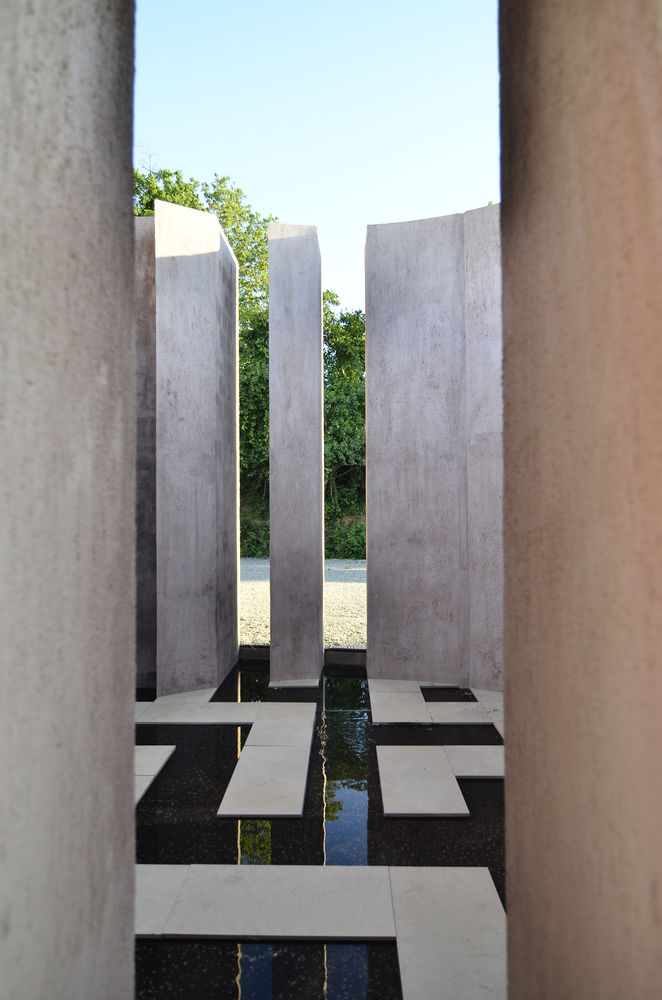
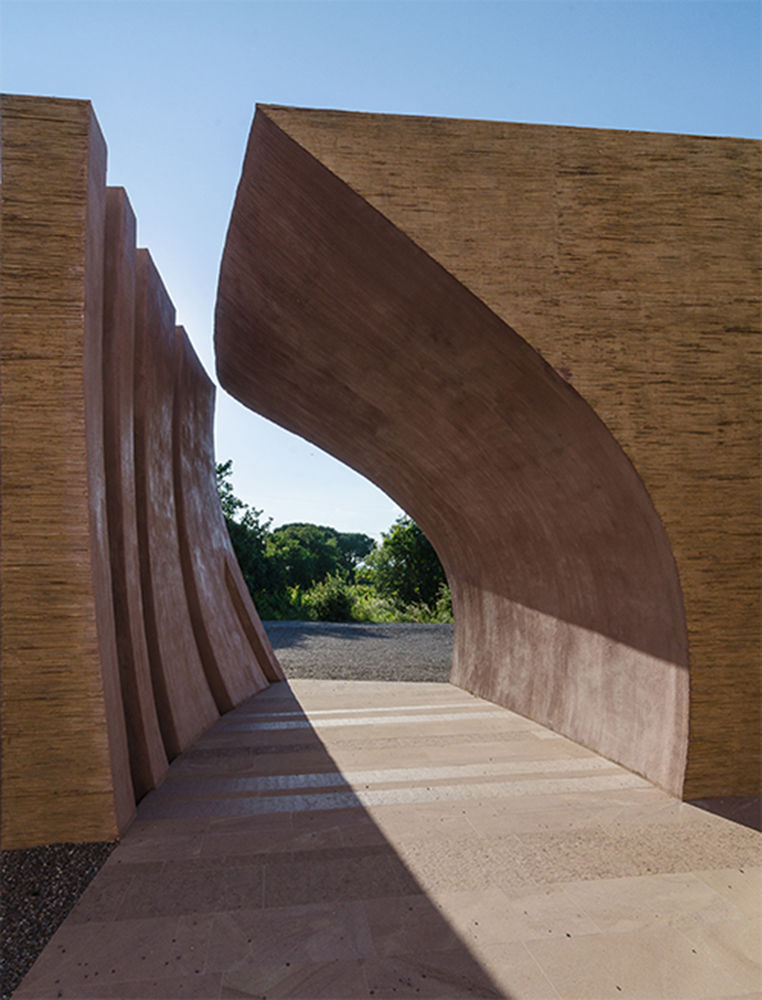
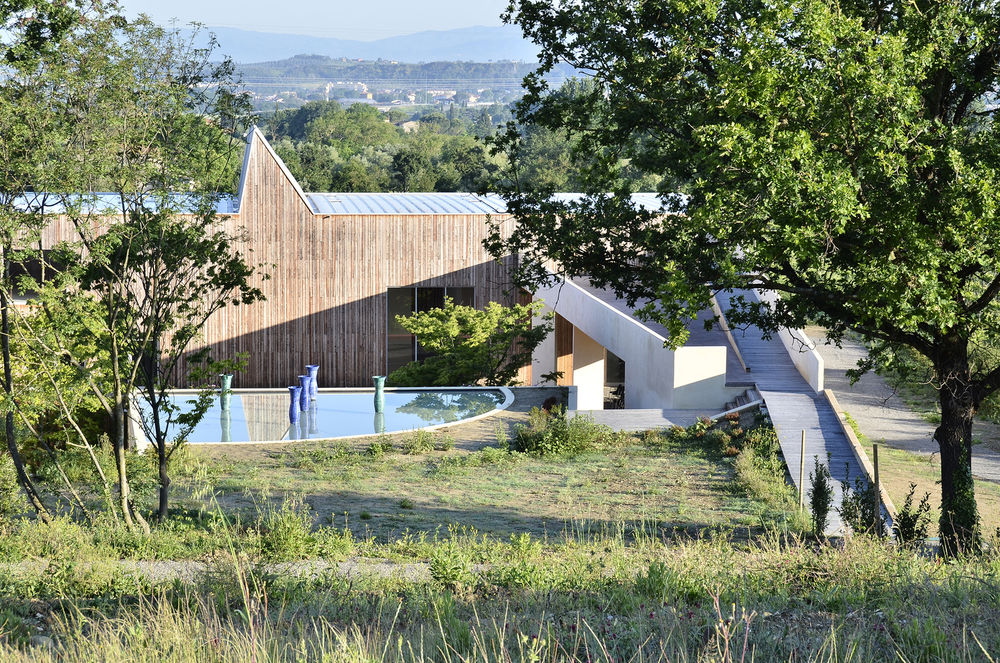
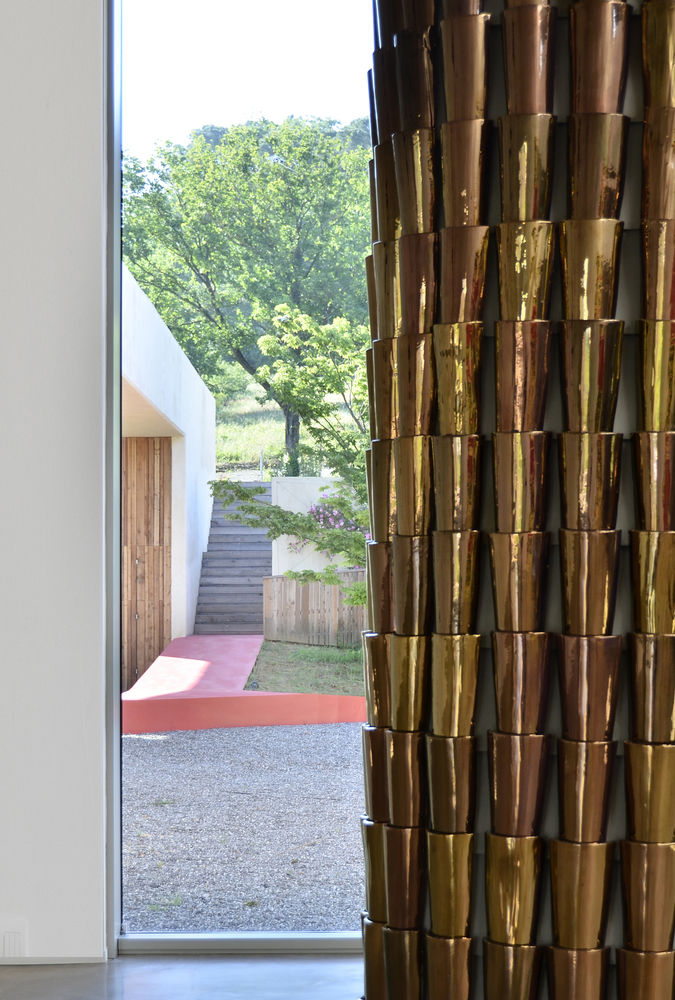
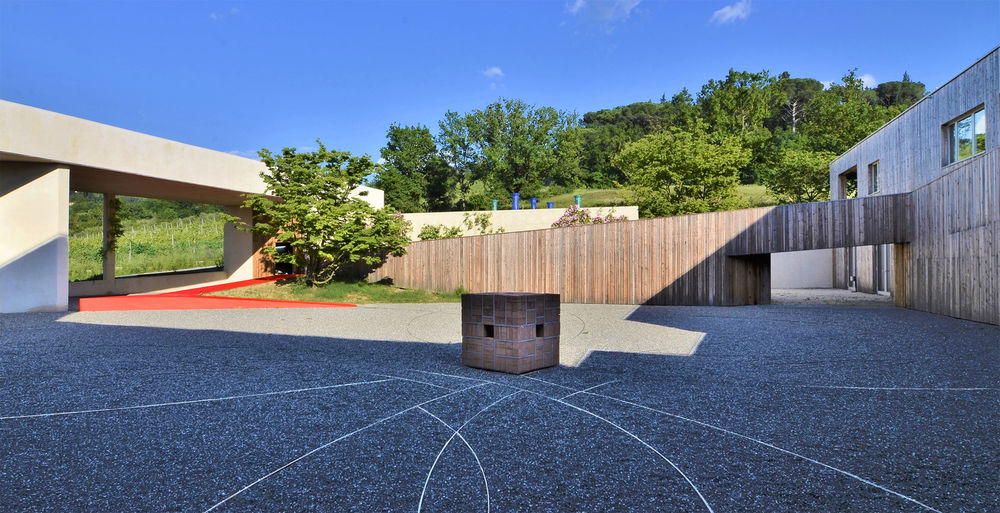
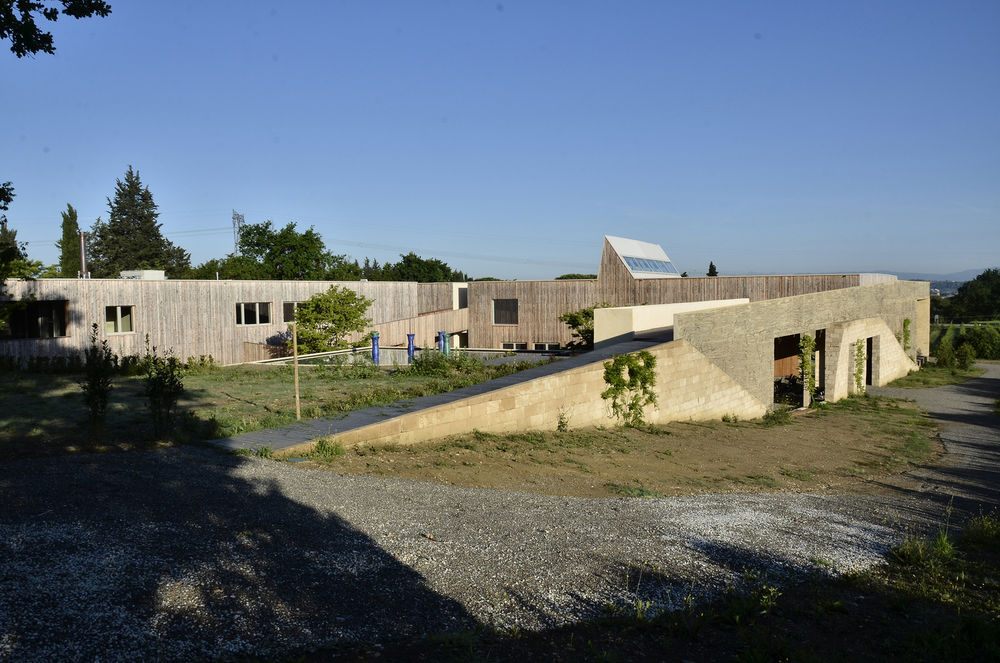
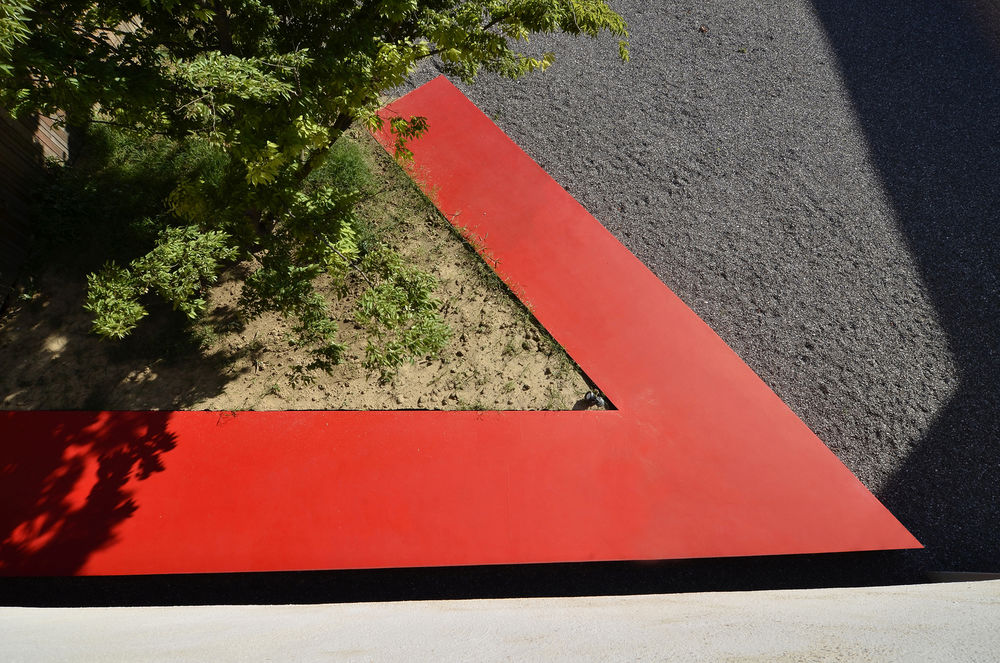
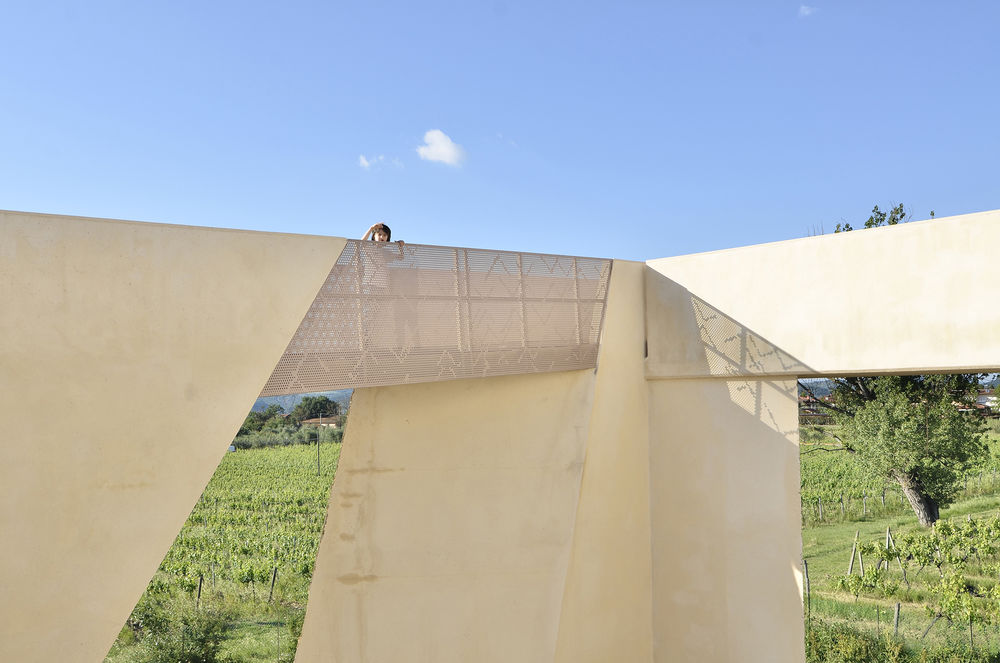
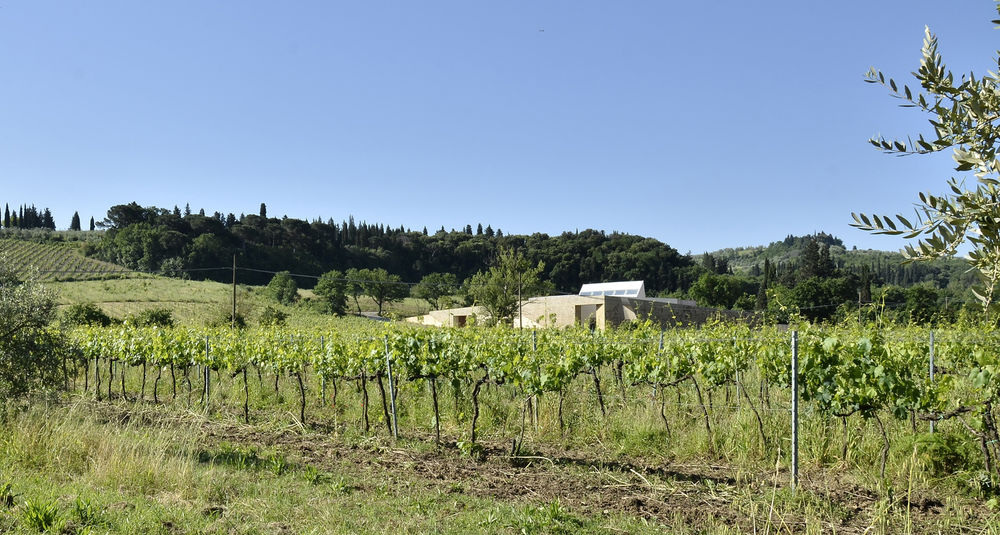
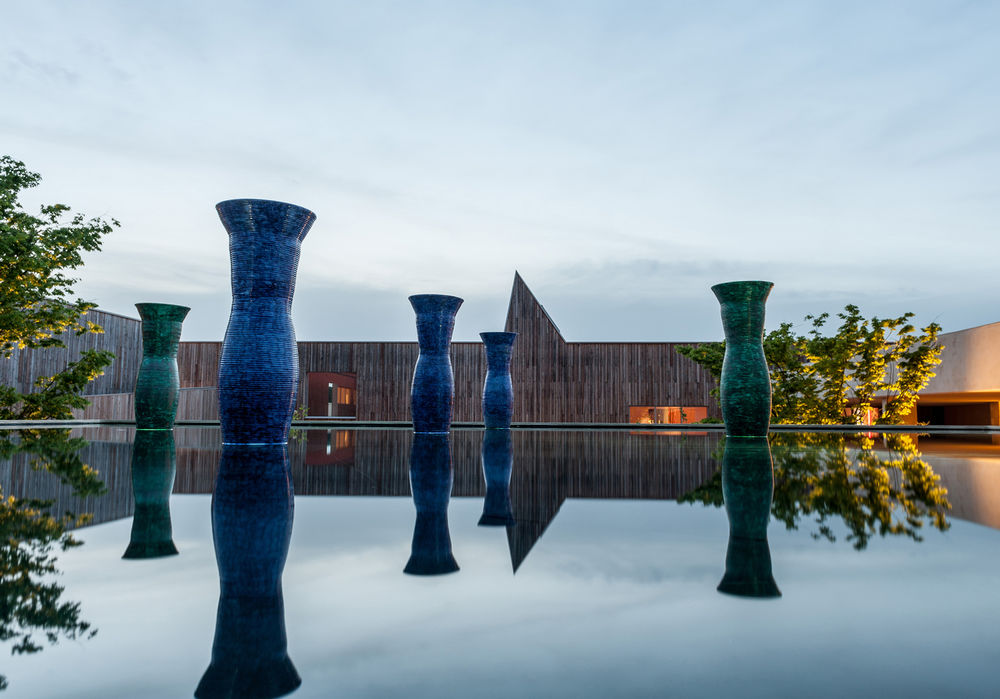
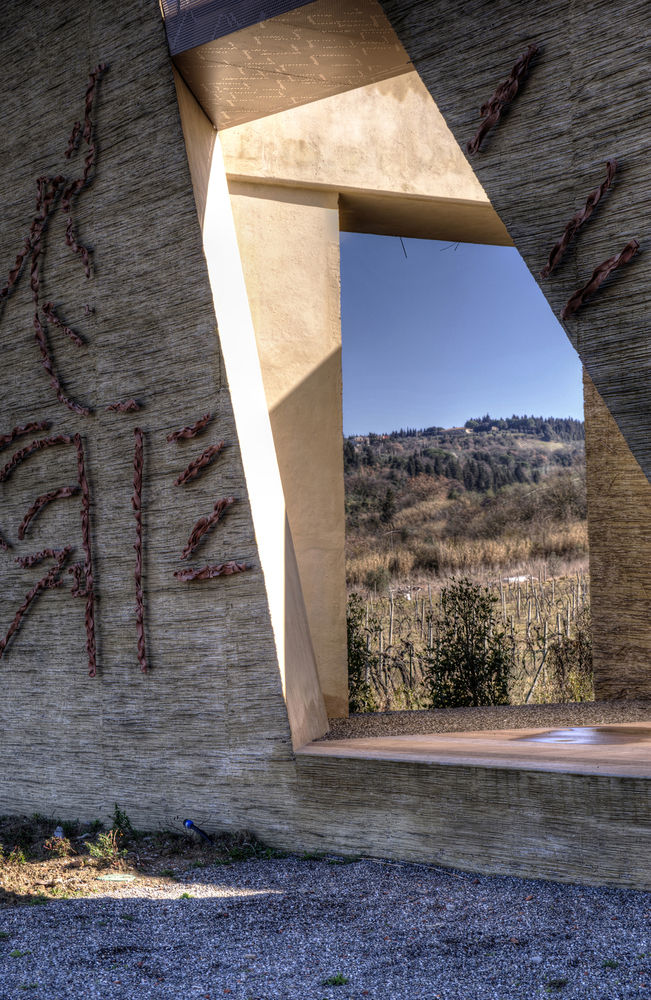
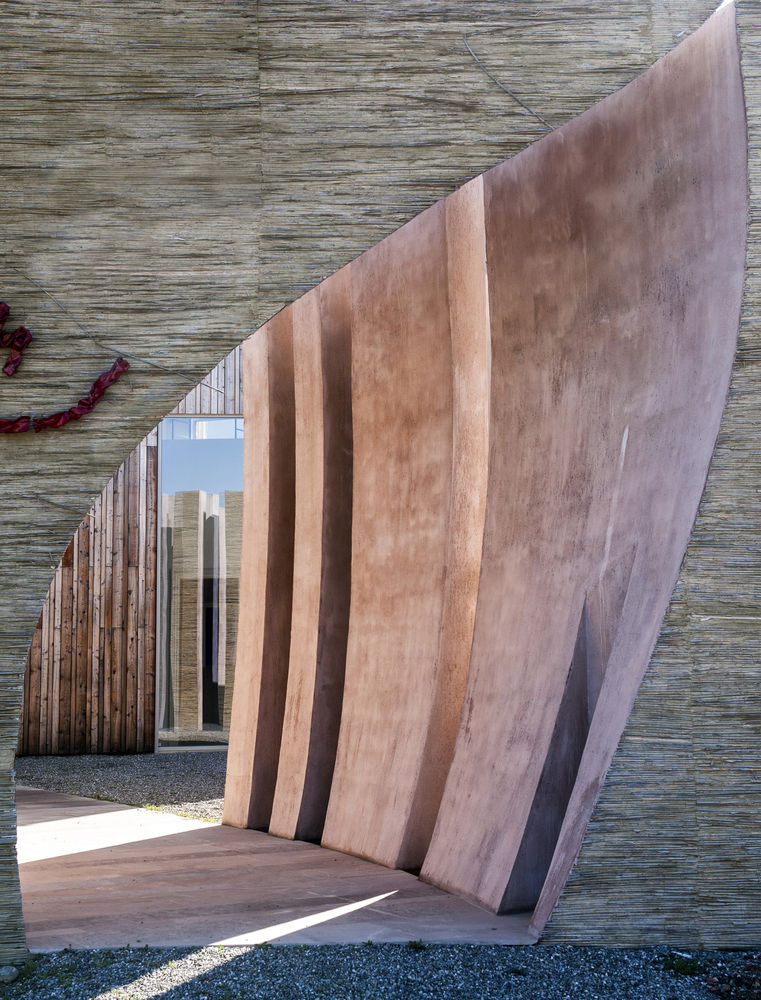
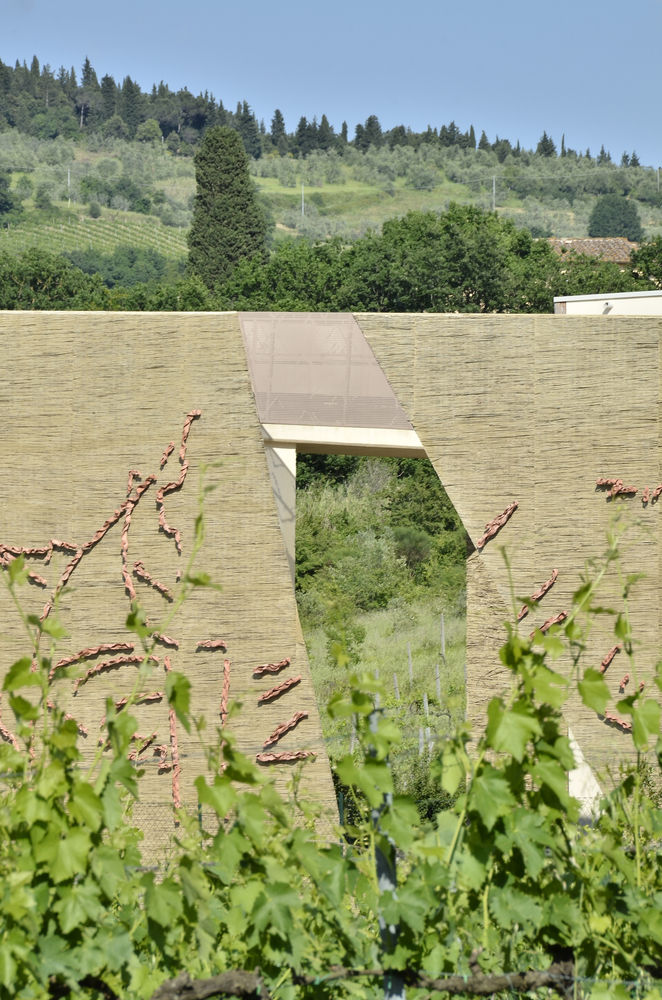

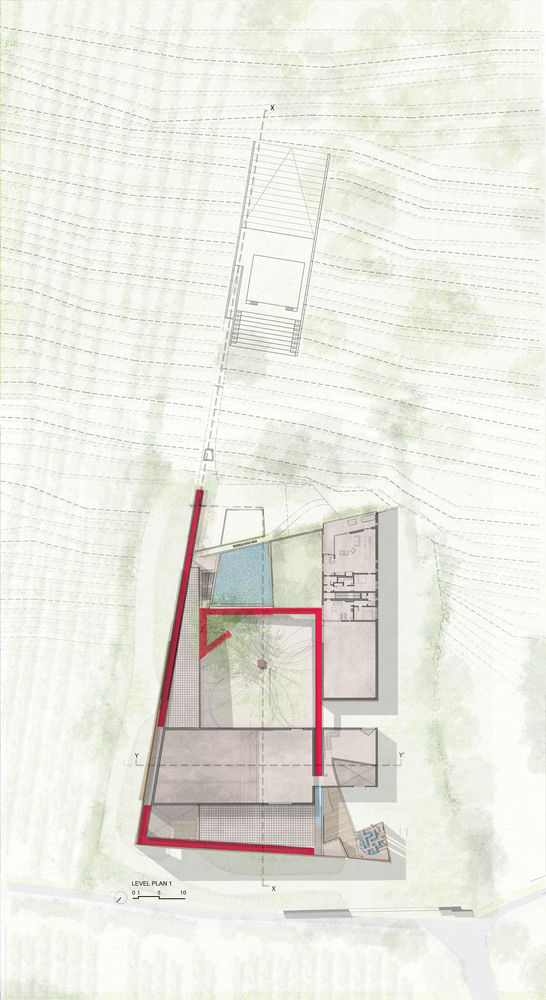


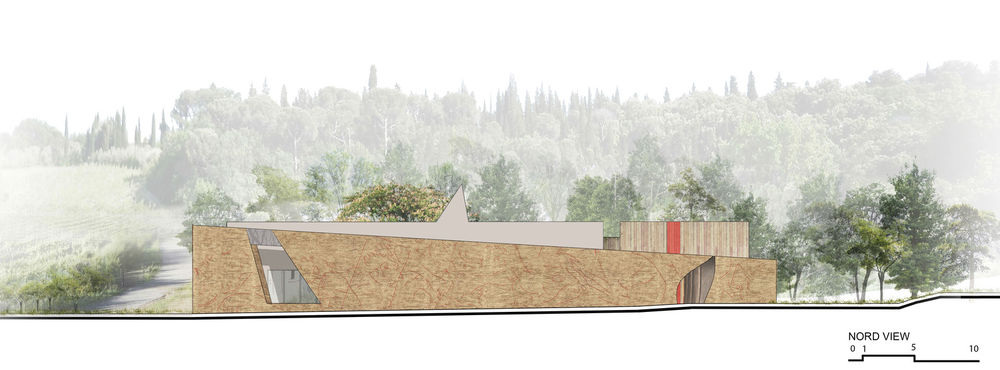

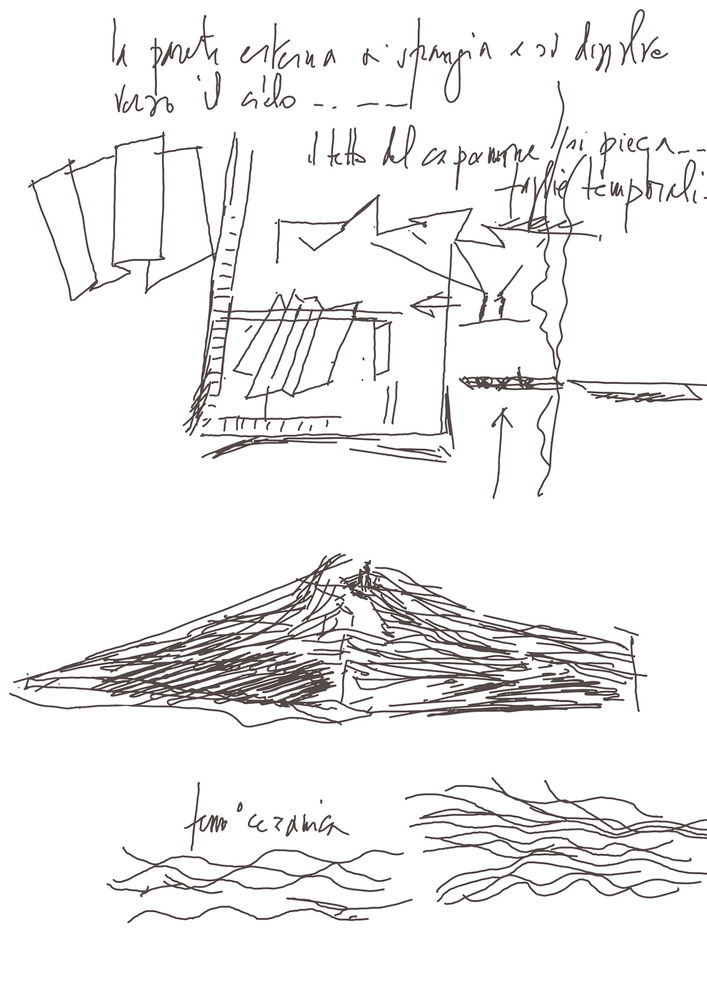
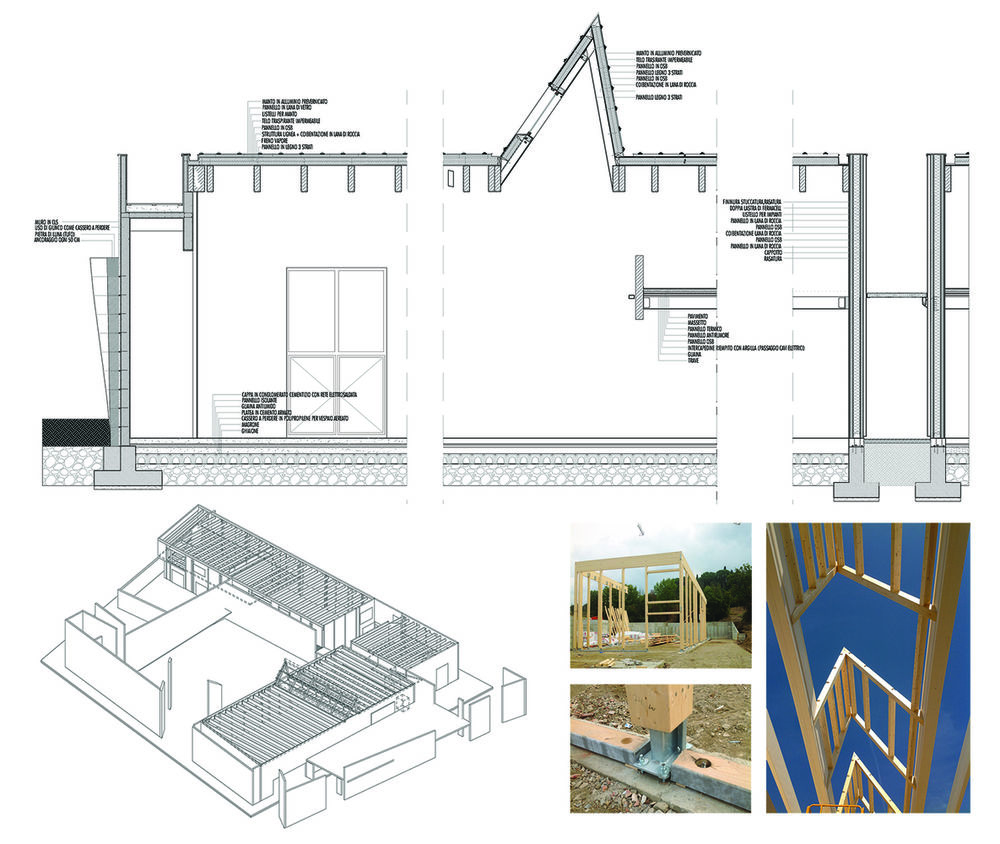
Architects Toti Semerano
Location 50056 Montelupo Fiorentino, Metropolitan City of Florence, Italy
Category Visual Arts Center
Design team Stefano Zanardi, Ludovica Fava, Salvatore Musarò, Stefano Sabato, Iride Filoni, Stefano Antonello, Andrea Piscopo, GunarThom
Area 2000.0 m2
Project Year 2017
Photographs Mario Lensi , Stefano Zanardi
Manufacturers Loading...

